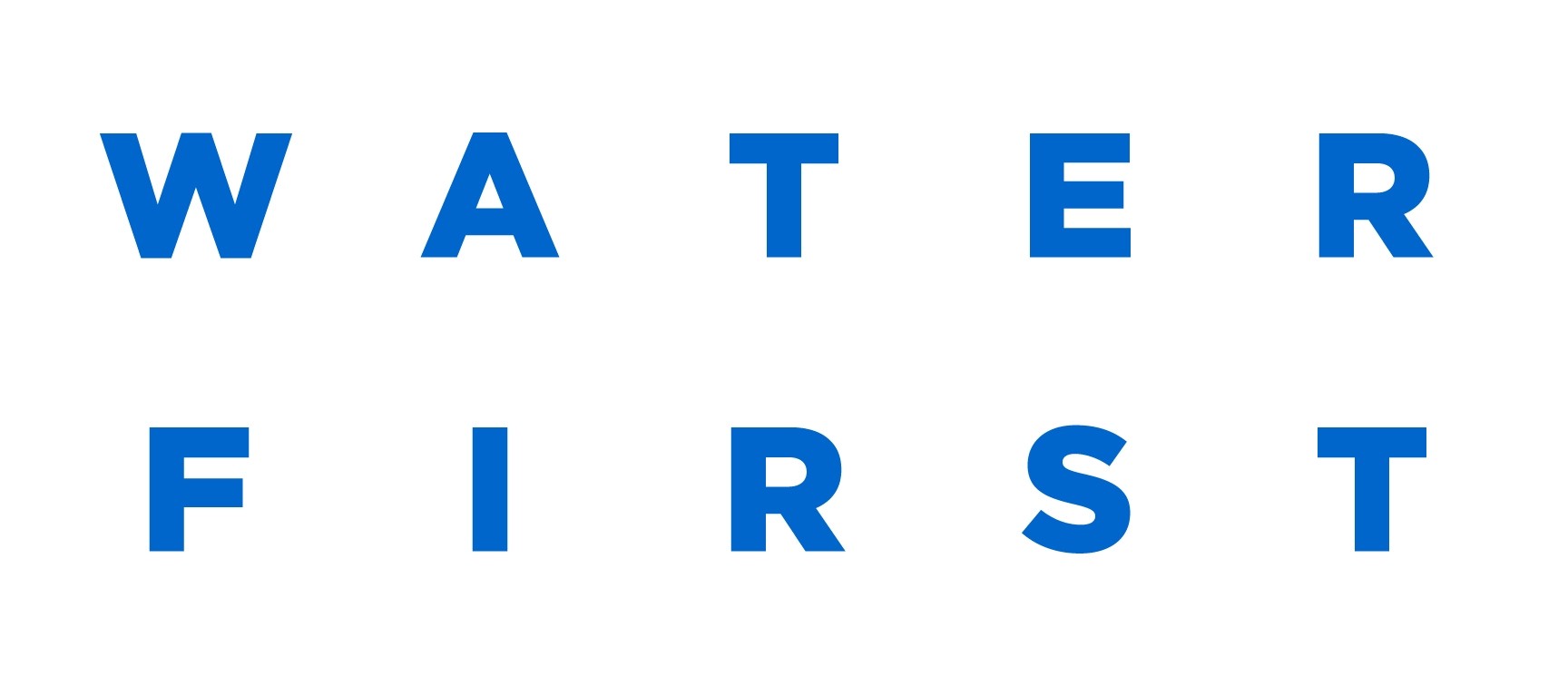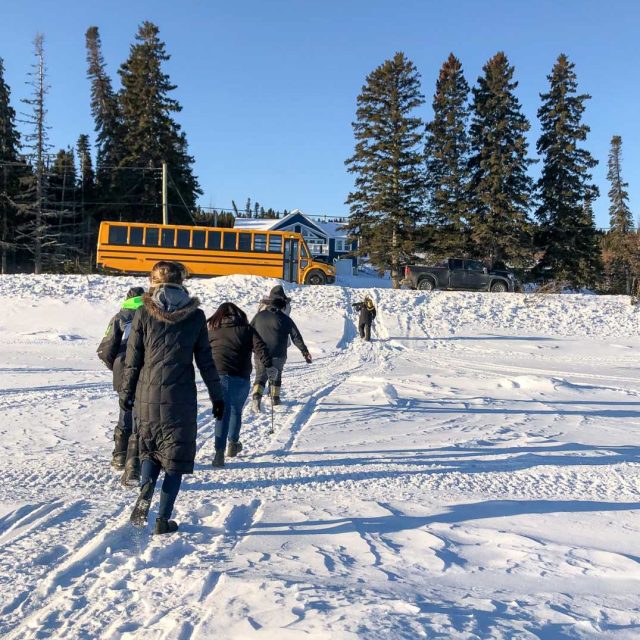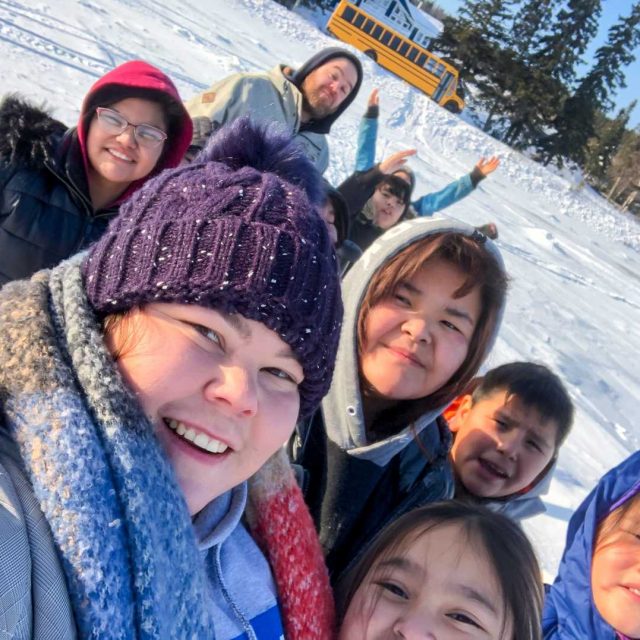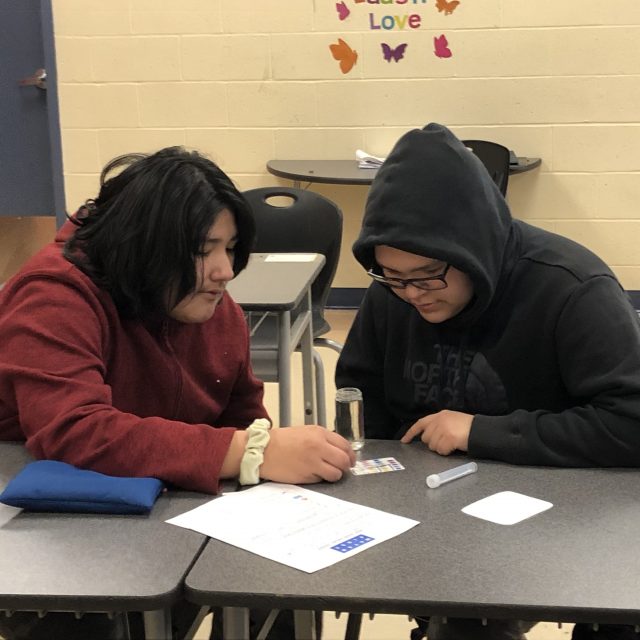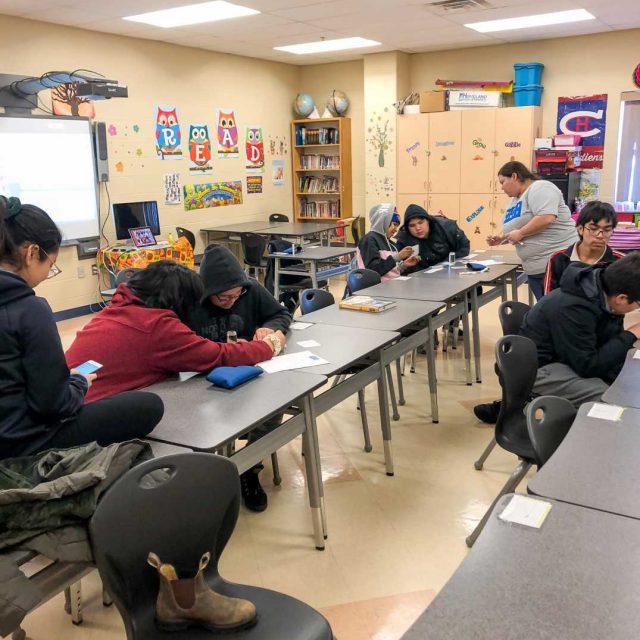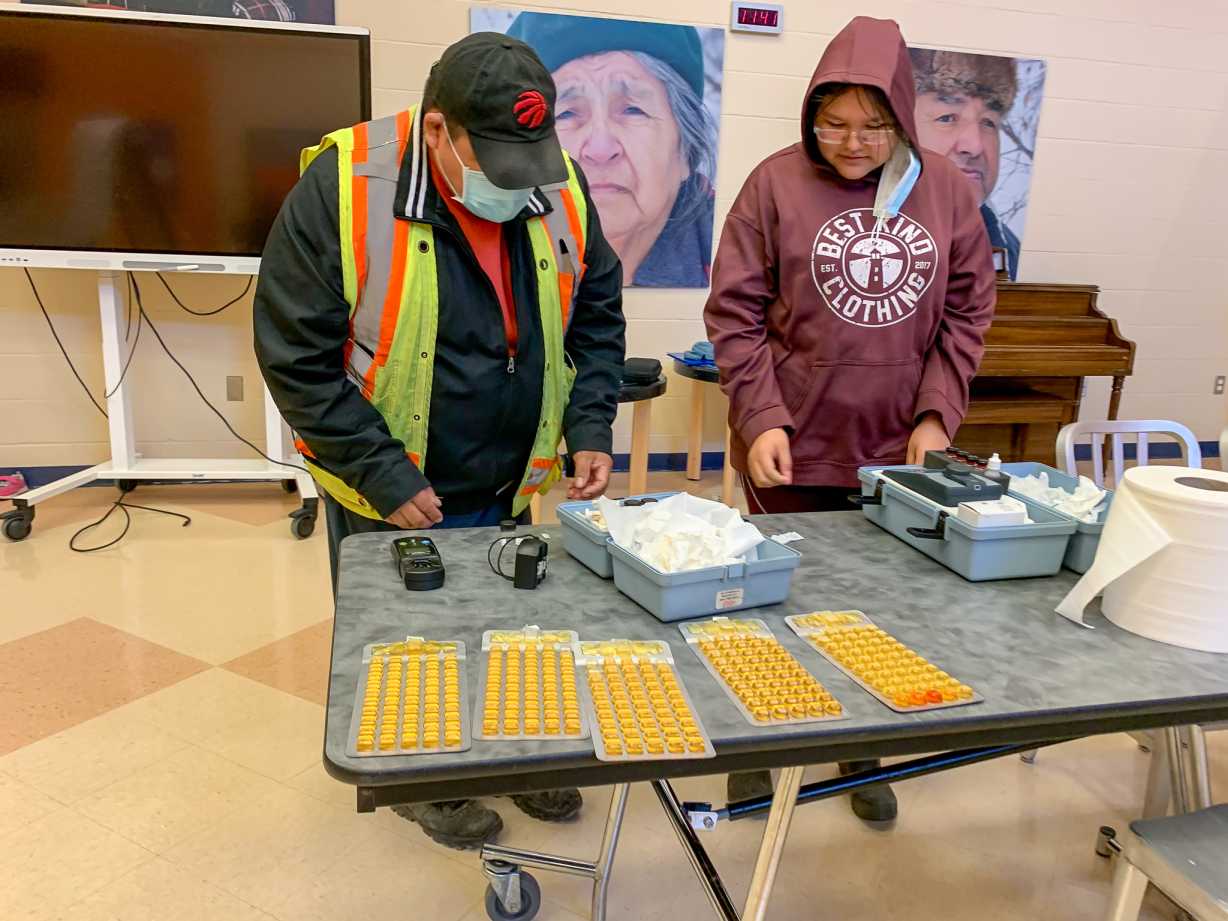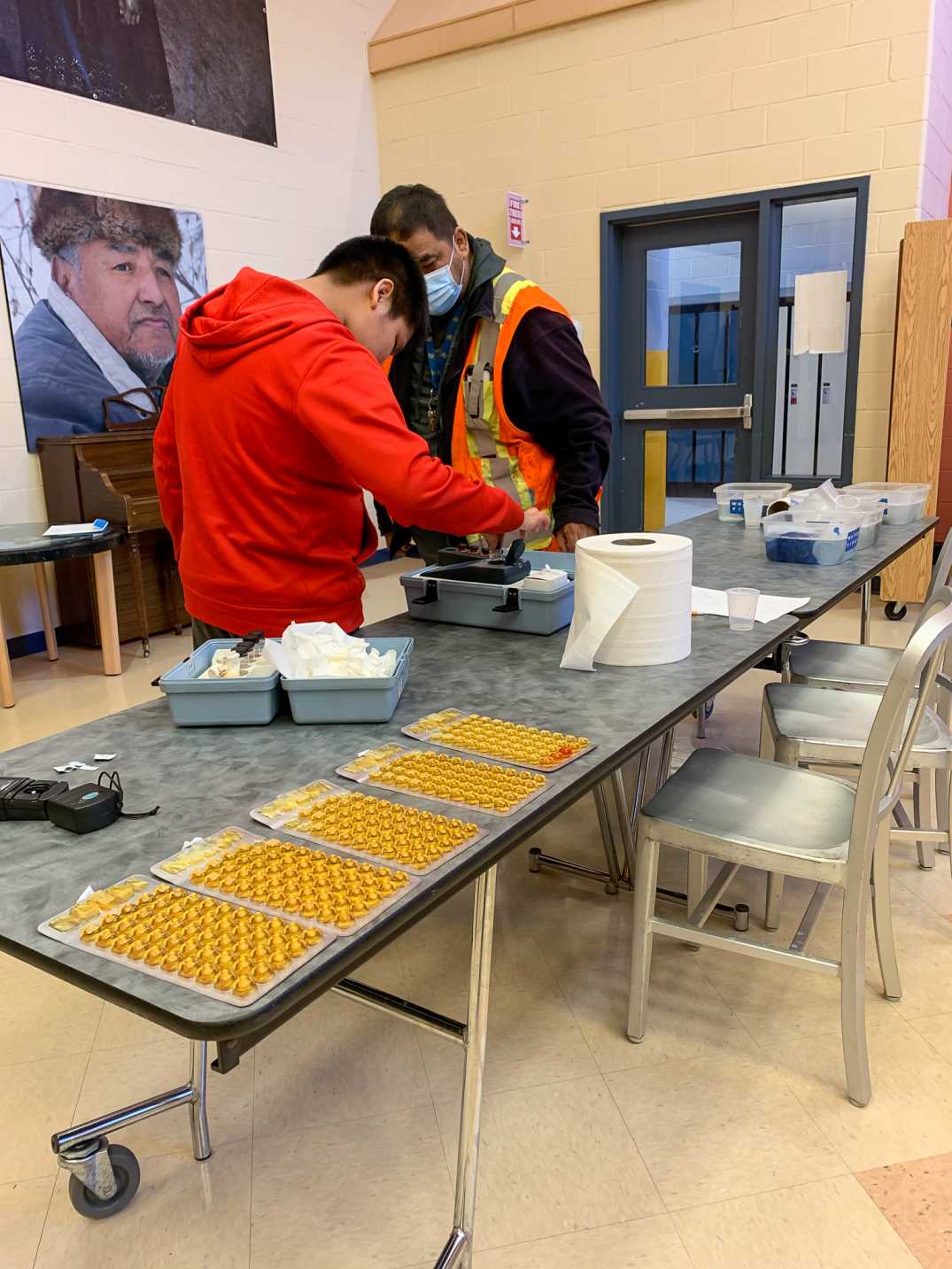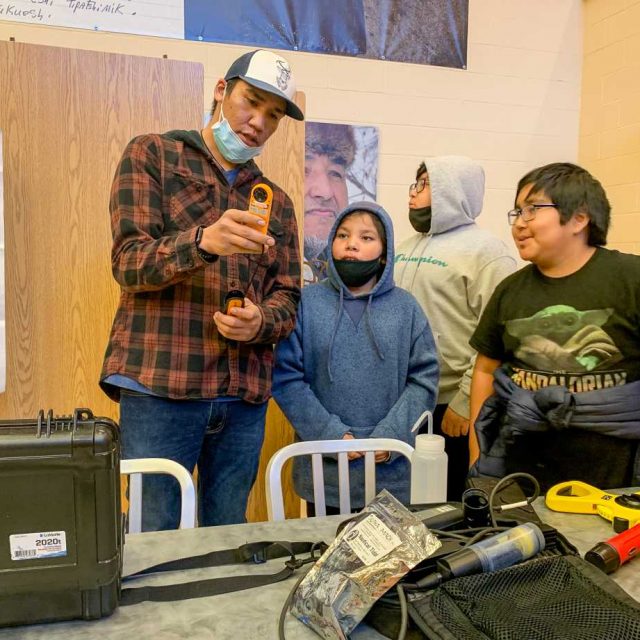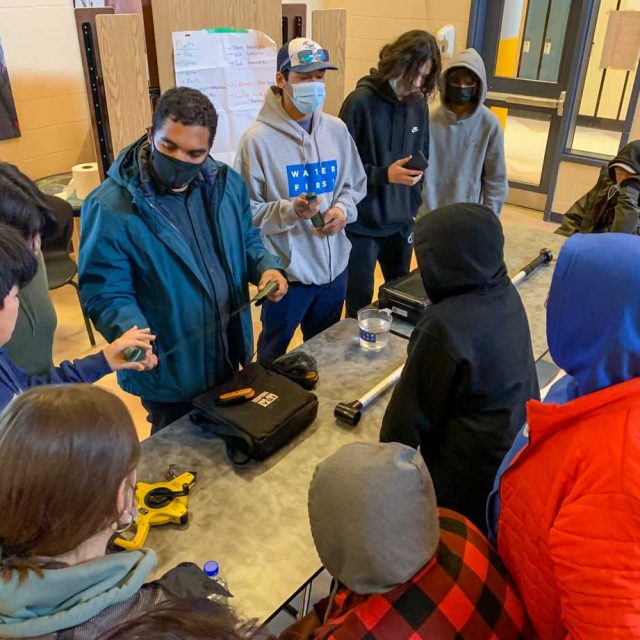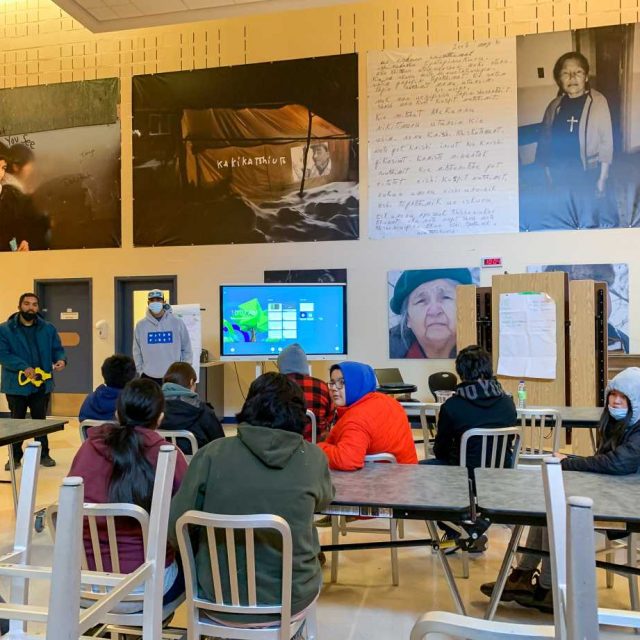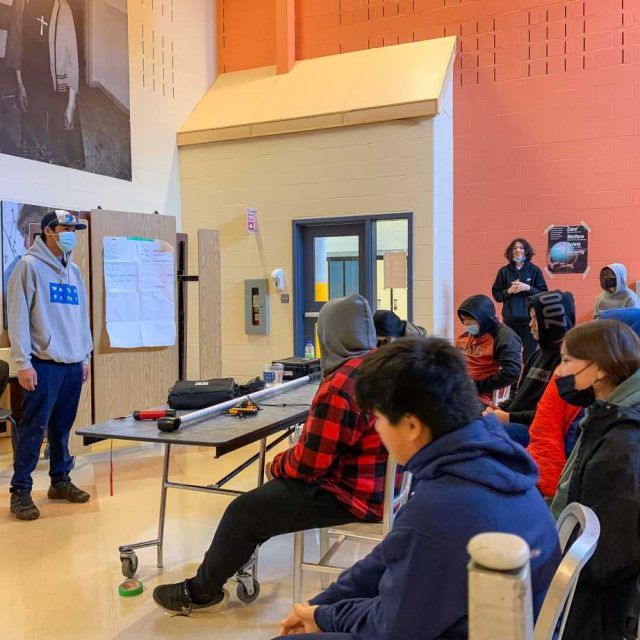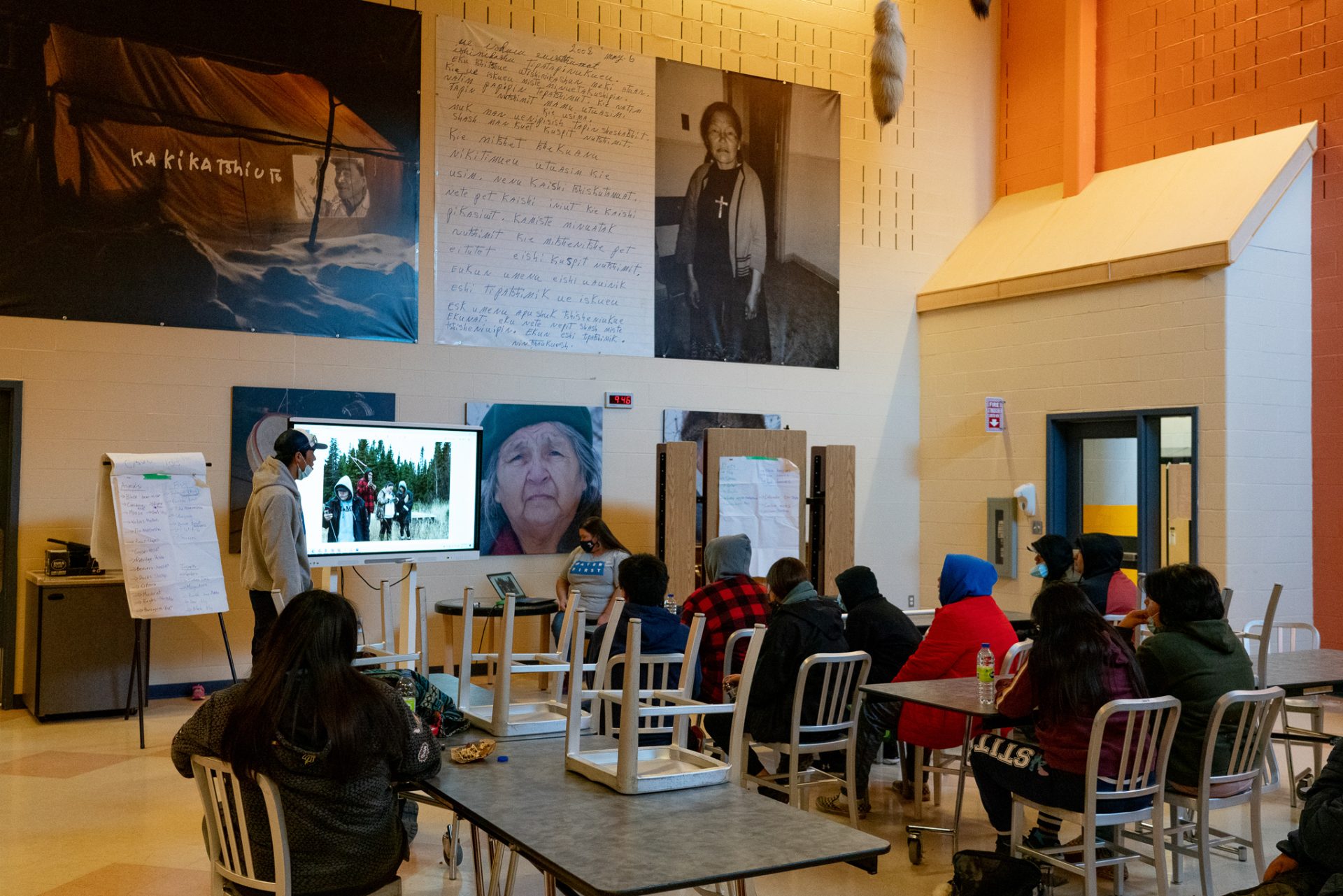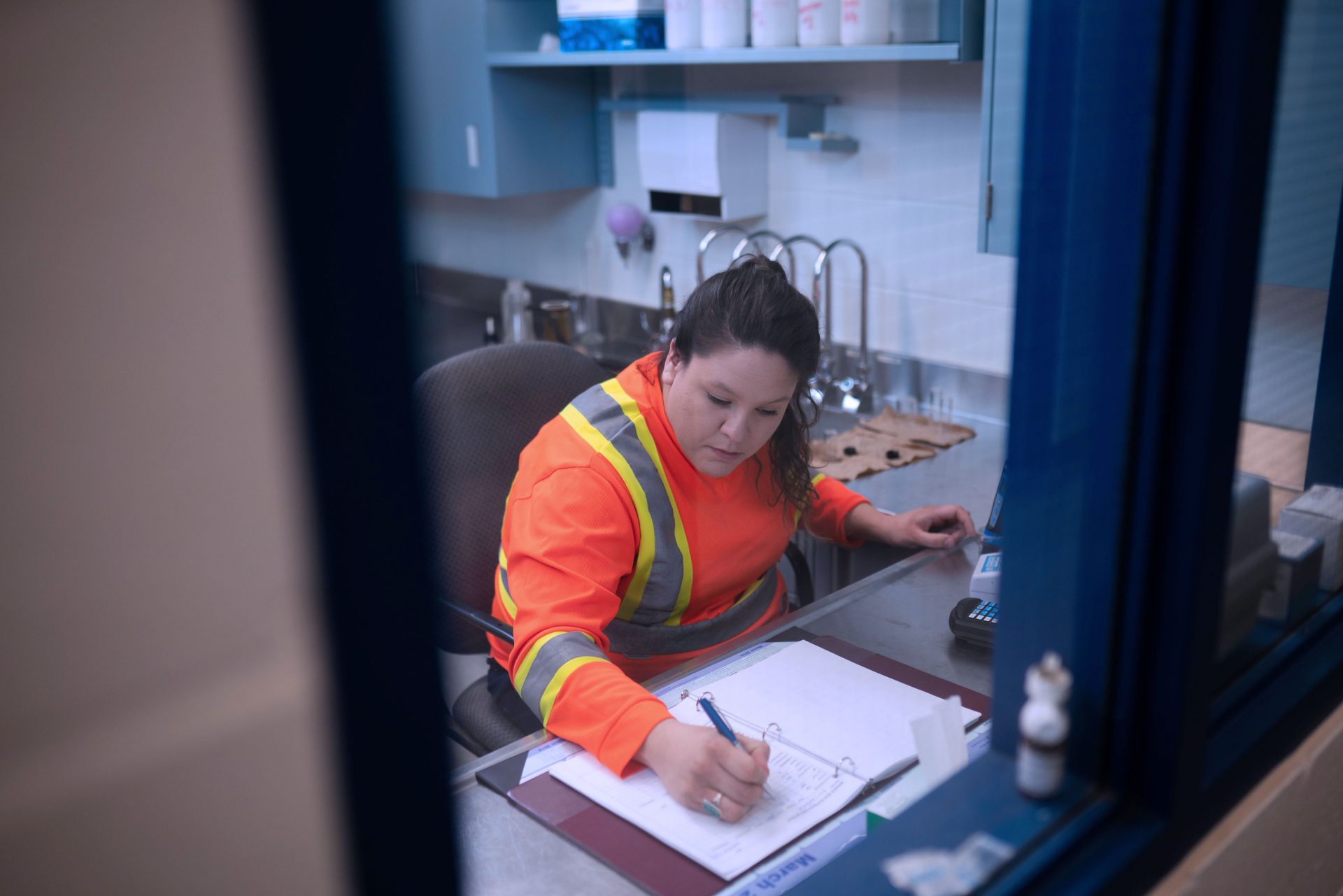In January 2020, ISWP visited Labrador to work with students at Sheshatshiu (Shé-ha-ji-u) Innu School. This was the first time Water First had worked in Labrador, and it was also my first trip as a program lead, so it was exciting for me.
We planned to study freshwater samples with the students from Lake Melville. However, since it was January, the water was frozen. This created another first for us as we went out on the ice and cut through it to get water samples from the frozen water body.
From using the auger to using a traditional Innu and Inuit ice pick method to open the ice, the activity was well received. The students were engaged throughout, and they had fun – even those who didn’t come prepared! Pictured here, I lent my winter coat and gloves to a student on the ice so he could participate.




